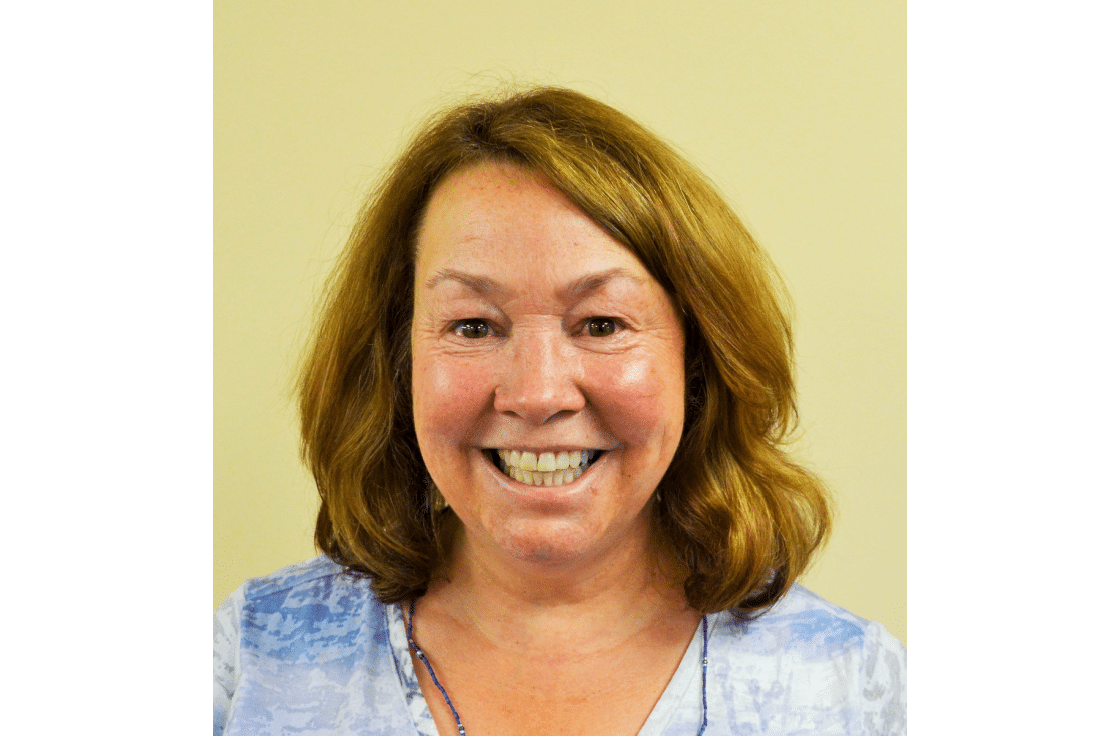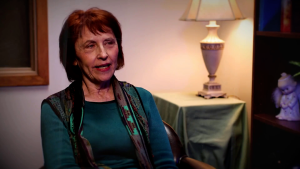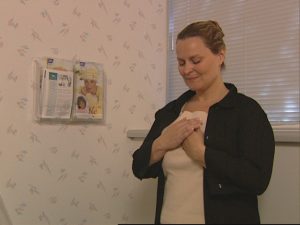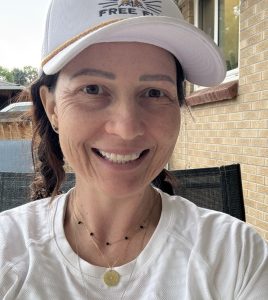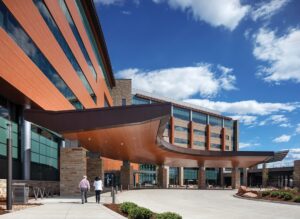By Bob Reynolds
Ever since she can remember, Barbara Sanchez has wanted to help people in pain. She had been a counselor (“forever”), with a background in working with people with addiction issues. During that time, she became a massage therapist; even before learning Reiki, she was no stranger to using her hands to alleviate stress and other ills. Through her massage work, she discovered that she could relieve pain and inflammation and generally help people to feel better, just by laying her hands on their body, without using massage. Barbara was drawn to this type of healing and became a Reiki Master in 2010; she has been treating people with Reiki for almost four years and has been a volunteer with LifeSpark since 2010.
“I’ve been driven all my life to touch people in pain,” Barbara says. She recalls, one summer day, seeing a man in a wheelchair in a coffee shop. She could tell that he was horribly uncomfortable—mainly from the serious injuries he had sustained, but also from the heat. She walked over and offered to help him out. She was able to cool him down simply by using her hands.
But normally when Barbara is in a session with a participant her hands heat up considerably. Practitioners treat by sensing the energy of the person they’re working with. “Intention is important when doing Reiki,” Barbara says. Practitioner and participant are in collaboration, enabling each other to make the most of a session.
Barbara’s hands are often drawn as if by a magnet to areas of the body needing attention. When Barbara is treating someone, she often gets a gut sense that her hands aren’t where they really need to be on the person’s body. When she heeds her instincts, her hands simply move, without her willing them, to the “correct” place. The participant invariably feels some relief there, confirming that Barbara’s intuition is on target. People she has worked with have reported that they feel “blissful” after a treatment.
When Barbara begins working with participants through LifeSpark, they are asked to fill out a survey that records their level of stress, depression, and other conditions. The survey is re-done after the 12th session with each participant, to track progress. There is almost always improvement in the metrics by the end of that treatment period. In fact, LifeSpark has compiled the results from 108 participants in the program. Nearly 80% report significant improvement in physical and emotional well-being. In the hands of a skilled practitioner, Reiki and Healing Touch yield measurable benefits to people’s health.
Barbara knew about LifeSpark years before she learned Reiki—through a friend who was diagnosed with pancreatic cancer. After being trained in Reiki, she contacted LifeSpark and became a volunteer. Barbara subscribes completely to the view that health is a function of interacting systems—body, mind, spirit—and that medical treatment is enhanced when all of these systems are taken into account. A holistic approach is usually more effective than, for example, surgery or drugs alone.
Barbara worked with Steve, a policeman whose bicep tendon had torn away from his rotator cuff—a serious injury that required major surgery. Steve couldn’t sleep because of pain pre-surgery, so Barbara offered to do some sessions with him. While she was working on his shoulder using Reiki, both practitioner and participant simultaneously felt a “resolution” occurring within his body. He went to bed at 7:00 pm and was able to sleep through the night for the first time in a week.
Barbara did one more treatment with Steve before his surgery, and three more afterwards. His physician had told him that it would be three months post-surgery before he might be able to do something as simple as lift his arm 45 degrees away from his body. But thanks to Barbara’s ministrations, and his physical therapist, he was actually on the golf course, swinging clubs, in six weeks’ time, with no ill effects.
Steve had never heard of Reiki before this episode. But he kept an open mind, opening the door for Barbara’s talents to benefit him. Like Steve, health professionals are starting to better understand—and accept—practices such as Reiki. After years of skepticism, the American Psychological Association has recently changed their prior stance and now allows “energy psychology” training to be included in their list of accredited classes (CEs). Like many other practitioners, Barbara is pleased to see the increasing use of Reiki and other integrative therapies in hospitals and cancer centers such as Rocky Mountain Cancer Centers, Denver Health Medical Center’s Oncology Center, and others. Hospitals all over the country such as the Dana Farber Cancer Institute in Boston, Memorial Sloan Kettering Cancer Center in New York, and Cleveland Clinic in Ohio are using Reiki to complement traditional Western medicine.
About why she volunteers for LifeSpark, Barbara says, “I have worked with two participants through LifeSpark. I find that a strong bond is created between us as we are both focusing on the same things; to help the body heal, help the person to be soothed and comforted, and ease the process of dealing with cancer. Both of the women I worked with are strong, independent people with fascinating lives and stories. Listening to them and sharing with them is a beautiful part of the treatments. I have ultimate respect and admiration for their courage, humor, and determination to completely recover and be back to living the lives they love.”
“I volunteer for LifeSpark because I embrace the cause and the method of combining traditional Western medicine with complementary energy healing. LifeSpark is a heart-centered organization doing a great amount of good work and bringing energy treatments to the forefront of complementary healing practices. I am delighted to be a part of it!”

